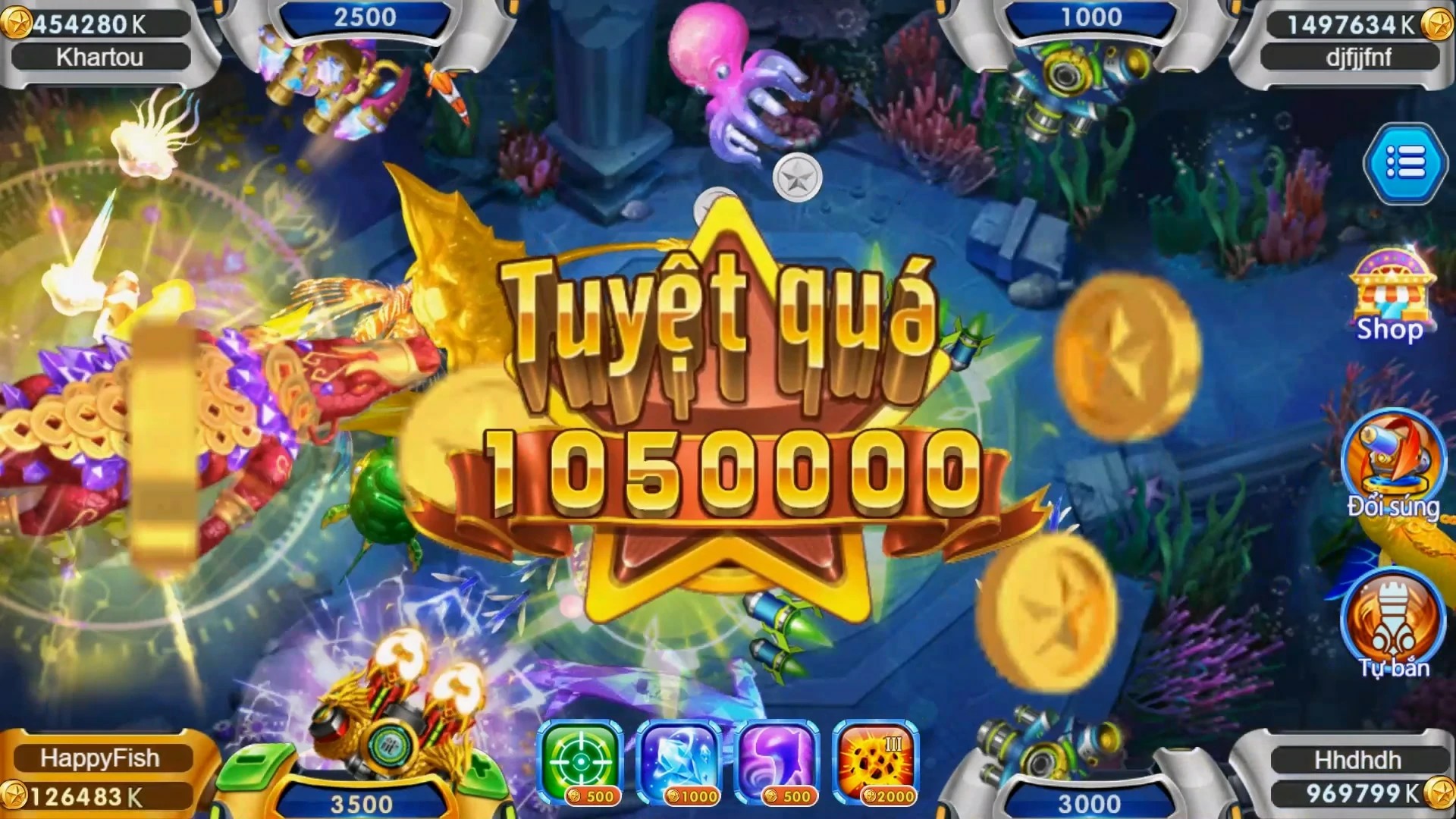Exploring the Future of Open World Games: How HTML5 Games are Revolutionizing the Gaming Experience
The gaming world is experiencing a paradigm shift, particularly in the realm of open world games. As players clamor for more immersive and expansive game environments, the rise of HTML5 games stands out as a significant evolution. This transformation is not just about visual flair or storytelling; it’s about revolutionizing how we engage with games, especially as we navigate the vast terrains of the digital universe.
The Allure of Open World Games
Open world games have captivated players for years, allowing them the freedom to explore and interact with expansive environments. Think about iconic titles such as Grand Theft Auto and The Legend of Zelda. They offer a sandbox experience where adventure lies around every corner. Now imagine this experience heightened through the capabilities of HTML5.
Why HTML5 Games are Game-Changing
HTML5 technology ushers in a new era for gaming. Traditionally, many games required downloads or specific software, but HTML5 games can be played directly in web browsers without additional installations. The implications? Massive! Here’s a quick rundown:
- Accessibility: Players can dive into games from any device with internet access.
- Cross-Platform Play: HTML5 games can run seamlessly on desktops, tablets, and mobile devices.
- Rich Graphics and Performance: Modern HTML5 can match the graphical fidelity of more traditional gaming platforms.
Integrating MMO Survival Games
The world of MMO survival games is a prime example of how open-world mechanics paired with HTML5 can create an unforgettable experience. Imagine launching a game that allows players to craft their universe, gather resources, and interact with others—all from their browser. Games like Clash of Clans have already begun to pave the path towards this future.
A New Era of User Interaction
Player interaction is becoming more crucial in the open-world genre. HTML5 enables real-time interactions not just within the game but across communities. This enhances both cooperative gameplay and competition, with guilds and clans forming more organically.
Challenges Facing the Transition
Despite the numerous advantages, transitioning to HTML5 is not without its challenges. Developing a game that feels as rich and fulfilling as traditional console titles can be tough. Some game developers might feel apprehensive about the limitations of a browser-based platform. However, overcoming these hurdles could result in a rewarding user experience.
Breaking Down the Future of Open World Games
The future of open world games utilizing HTML5 hinges on various factors. Let’s take a look at a table outlining the potential developments we could see:
| Development Aspect | Potential Impact |
|---|---|
| Enhanced Graphics | Immersive environments that rival traditional game graphics |
| Community Engagement | Stronger ties among players through collaborative environments |
| Game Updates | More frequent and smoother updates without downtime |
| Monetization Strategies | New avenues for developers to monetize through in-game purchases |
Key Takeaways
As we move forward, there are certain key points to remember about the future of open world games and HTML5:
- HTML5 unlocks accessibility: Your game can be played anywhere.
- Community matters: Engaging players creates lifelong fans.
- Player-driven content: Let users shape the experience.
- Focus on UX: Seamless integration and user experience is paramount.
Conclusion
In conclusion, the fusion of open world games with HTML5 technology signifies a leap into an exhilarating future of gaming. Accessibility, enhanced graphics, and the potential for deeper community interaction is not just a dream; it is the reality stemming from innovative development. The gaming landscape is changing—let’s embrace this evolution and see what other adventures await us in the vast open world realms.



